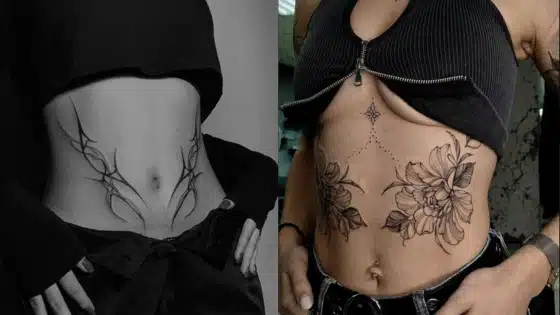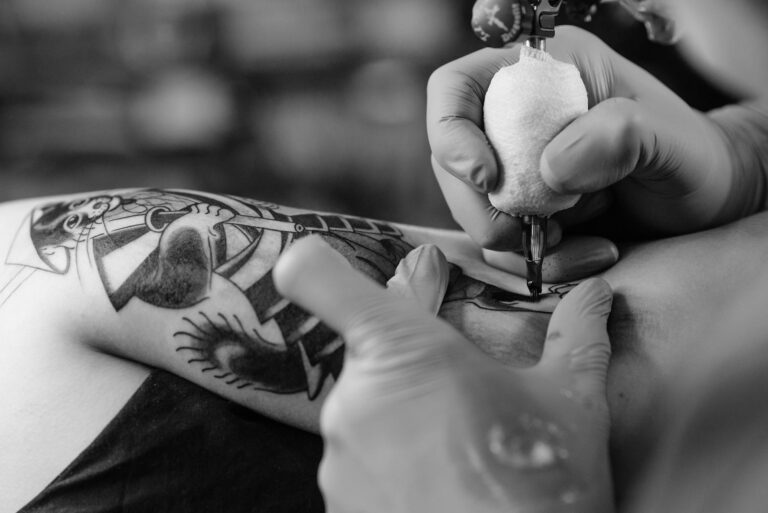Looking for the right drawing idea can be the hardest part of planning your next tattoo. Whether you want something classic, bold, or uniquely personal, finding inspiration and starting points will help you create a design that truly suits your style. With so many options—like roses, skulls, animals, and more contemporary art—it’s easy to find ideas that feel both meaningful and visually striking.
You don’t have to be a professional artist to sketch tattoo designs that look good or express your personality. With a few helpful tips and a look at popular motifs as well as new trends, you can develop artwork that works well on skin and stands the test of time.
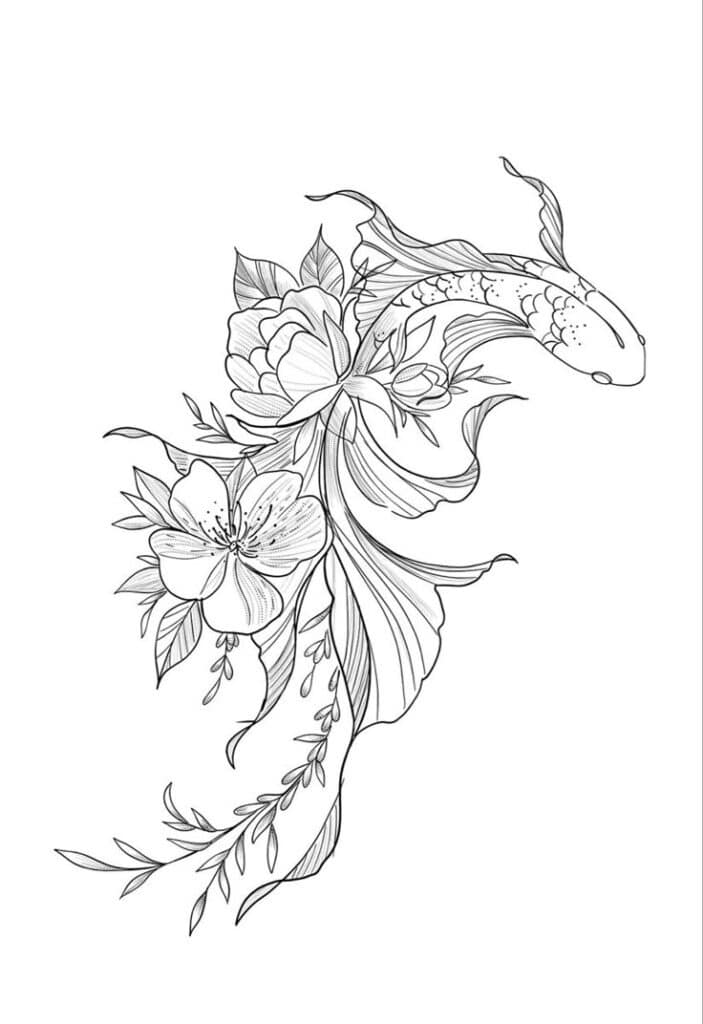
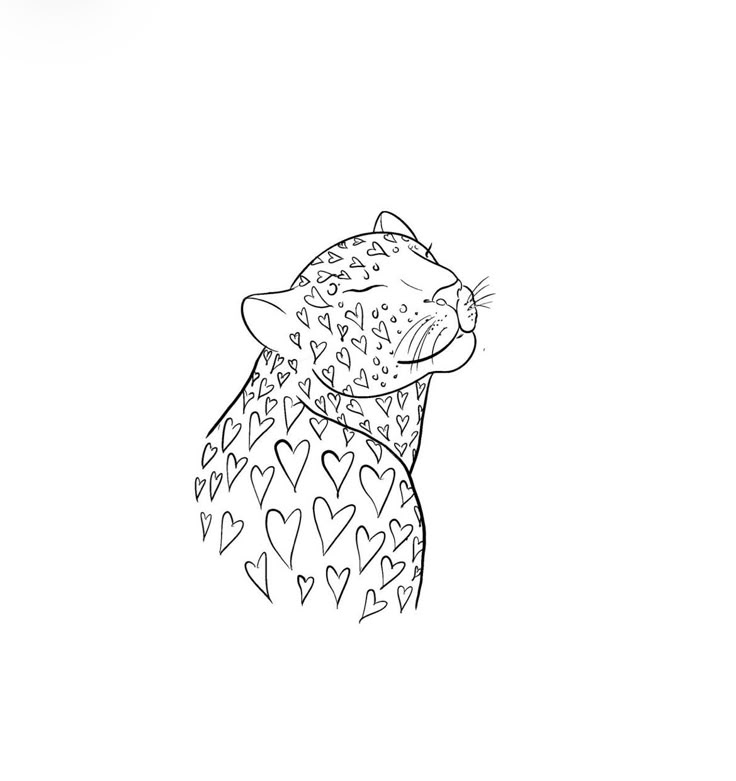
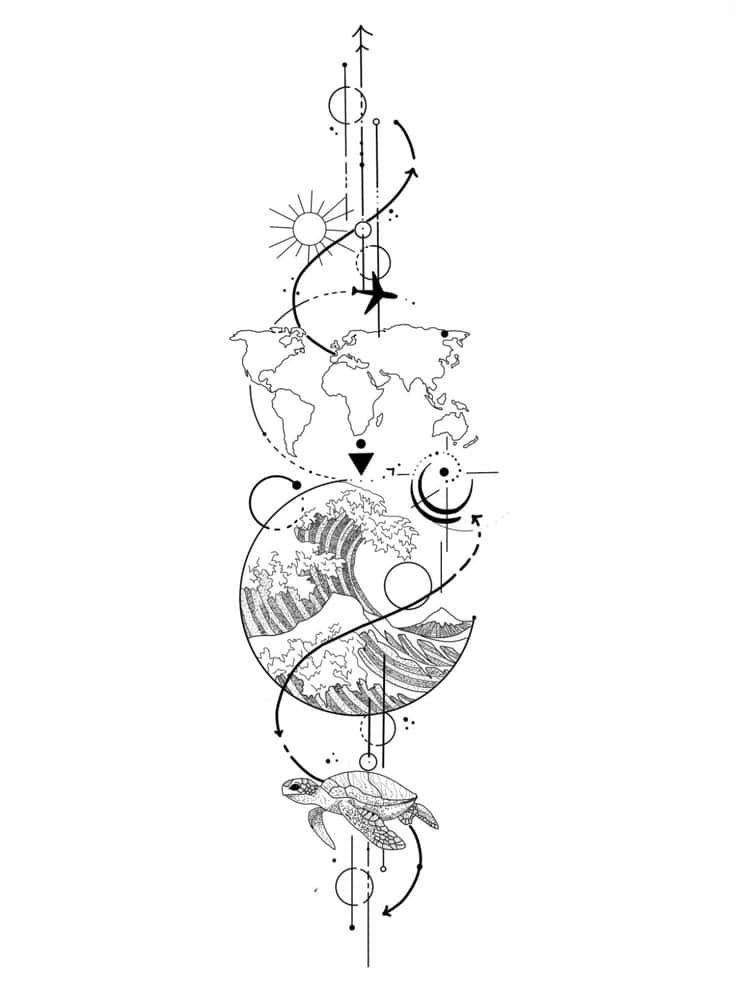
Key Takeaways
- Quick tips can help you start drawing tattoo designs.
- Explore popular, classic, and modern tattoo ideas for inspiration.
- Every artist can find creative approaches for the perfect tattoo.
Getting Started With Tattoo Drawing Ideas
Exploring tattoo drawing ideas early helps you create work that feels personal and unique. Finding the right inspiration, picking styles, and learning basic sketching techniques will guide you to stronger, more satisfying tattoo sketches.
Finding Inspiration
Look at a wide mix of art forms for ideas—nature, portraits, old-school flash tattoos, geometric patterns, and cultural symbols. Browsing digital galleries, tattoo magazines, and artists’ social media accounts can spark new directions for your own tattoo designs.
A few sources that help many beginners include:
- Nature: flowers, animals, landscapes
- Symbolism: meaningful motifs, spiritual signs
- Culture: traditional patterns, heritage art
- Popular tattoo styles: American traditional, Japanese, watercolor
If you can, visit tattoo studios to look at artists’ portfolios. Flip through sketchbooks and take notes on elements that stand out. Keeping a reference folder or mood board is useful for honing your unique approach to tattoo drawing.
Choosing Tattoo Styles
There is no single “best” style for a tattoo drawing. You might favor clean lines and bold colors, as in American traditional tattoos, or prefer fine detail with black and gray realism. Watercolor and minimalism focus on subtleties and soft shading.
Consider how the design flows with body contours. Certain tattoo styles suit larger spaces (like sleeves or backs), while minimal linework fits smaller areas. Think about placement as you plan the motif and size.
Ask yourself these questions:
- Do I want bold, graphic shapes or soft, detailed shading?
- Should the tattoo be highly decorative or carry deep meaning?
- Does the style match the story or emotion I want the design to express?
Tools and Techniques for Sketching
Basic sketching tools for tattoo drawing include pencils, fine liners, erasers, and sketchbooks. Some tattoo artists start digitally, using tablets or drawing software, because it’s easy to edit and scale designs. You can also use tracing paper to experiment and refine outlines.
When sketching tattoo designs, focus first on simple shapes to get the composition right. Line work comes next, followed by areas for shading or color. Lightly sketch several versions, then pick and refine your best idea.
Many beginners find it helpful to practice on templates or printouts of body parts to see how their tattoo sketches might look on skin. This step ensures tattoos designs will fit well on the chosen area and maintain their clarity over time.

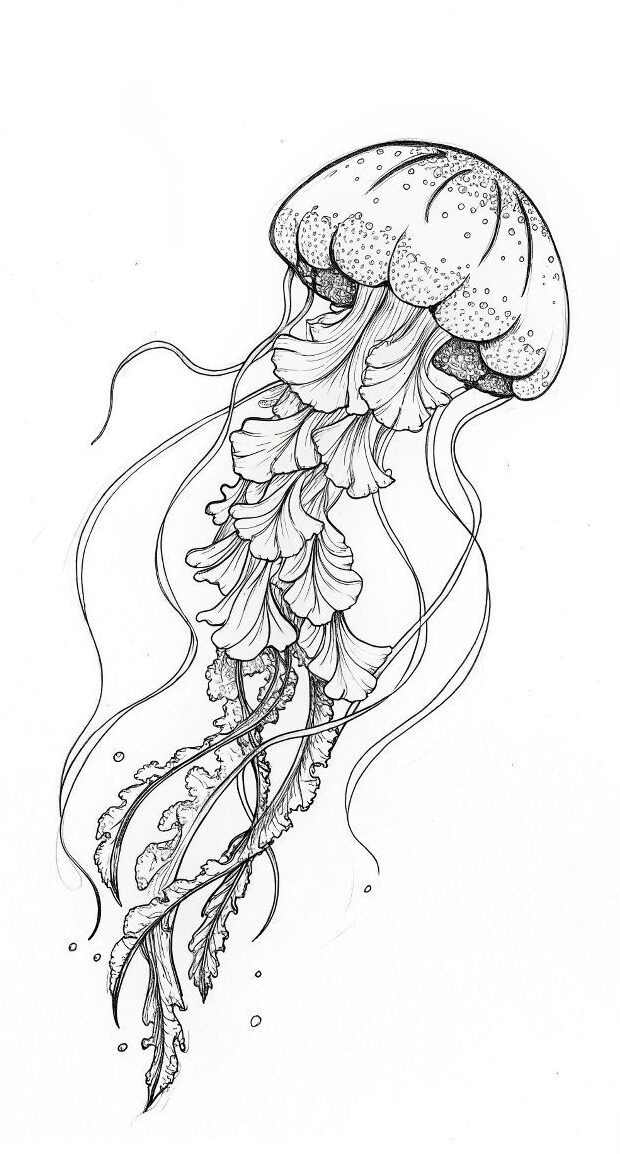
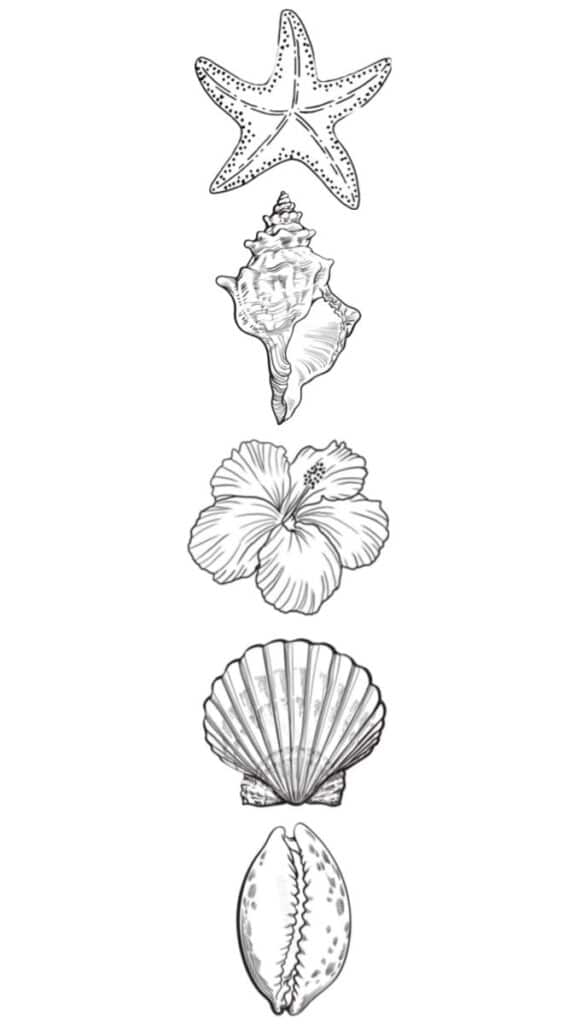
Classic Tattoo Drawing Inspiration
Classic tattoo drawing ideas often focus on the lasting appeal of traditional art, the bold statements of tribal and geometric composition, and the natural beauty of floral motifs. These categories offer time-tested designs that work well as both standalone pieces and striking additions to larger tattoo projects.
Traditional and Old School Tattoo Motifs
In traditional tattoos, also known as “old school” designs, you’ll notice features like bold black outlines, limited color palettes, and clear, simple shapes. Classic icons include anchors, swallows, eagles, and pin-up figures. These designs often symbolize themes such as freedom, loyalty, or love.
Sailor Jerry-style imagery is a hallmark of this genre. It’s popular for its unmistakable look—think classic hearts with banners, roses, skulls, and daggers. If you want a design that stands the test of time and has deep roots in tattoo history, this is a great place to start.
Traditional motifs are easily recognized and highly readable from a distance, making them a solid choice for both beginners and experienced tattoo collectors. Their strong visual identity works well as a foundational element or main feature in body art.
Tribal and Geometric Patterns
Tribal tattoos draw inspiration from the cultural art of Indigenous groups around the world. Styles often use thick, winding black lines to create shapes that flow with the body. Polynesian, Maori, and Native American patterns each have their own meanings and cultural significance, so it’s important to research and respect the origins if you decide to use these motifs.
Geometric tattoos, on the other hand, focus on neat lines, shapes, and symmetry. You might see repeating patterns such as mandalas, hexagons, or interlocking shapes. These designs can be minimal or complex, but they always emphasize precision and balance.
If you prefer clean, structured visuals over illustrative styles, geometric tattoos offer you endless possibilities for unique patterns, arm bands, or even entire sleeves. Combining tribal and geometric elements can add both aesthetic appeal and deeper meaning to your tattoo.
Floral and Nature-Inspired Art
Floral designs bring organic shapes and detailed linework into your tattoo art. The rose tattoo is perhaps the most iconic flower in this category, representing beauty, passion, or new beginnings. Other popular options include lotus blossoms, lilies, and cherry blossoms.
Nature-inspired art isn’t limited to flowers. Tree tattoo designs—such as oak, willow, or pine trees—often reflect growth, strength, and endurance. Leaves, vines, and even mountain or wave elements can give your tattoo a refreshing and timeless look.
Adding natural motifs helps soften bold lines or geometric shapes, and they work well in both color and black-and-grey. You might use single flowers or combine several nature elements for a full composition that feels lively and connected to the natural world.
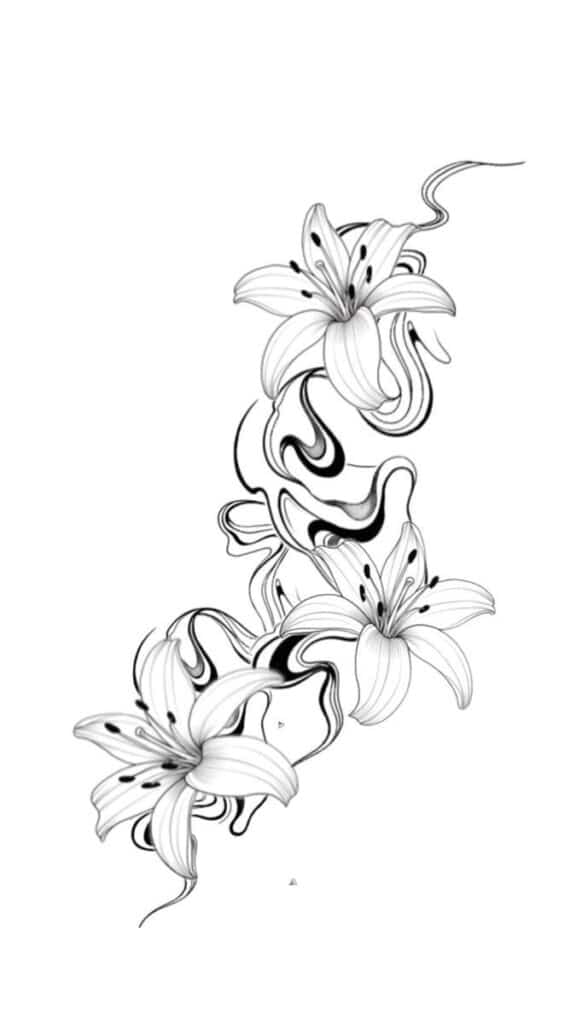
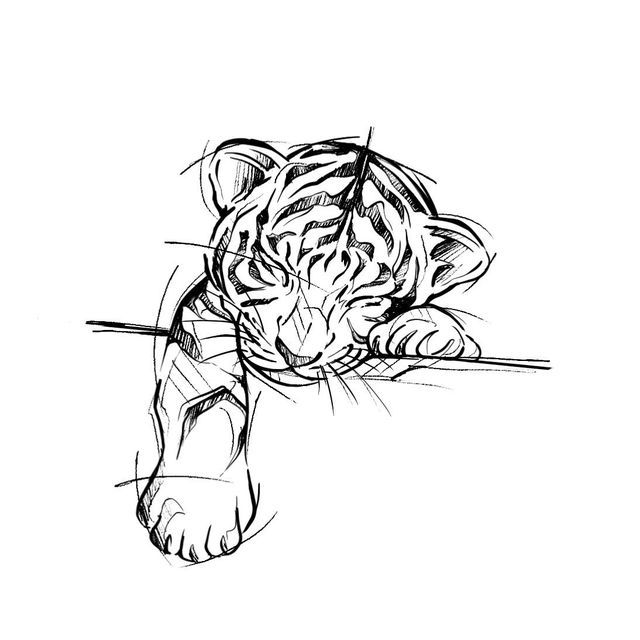
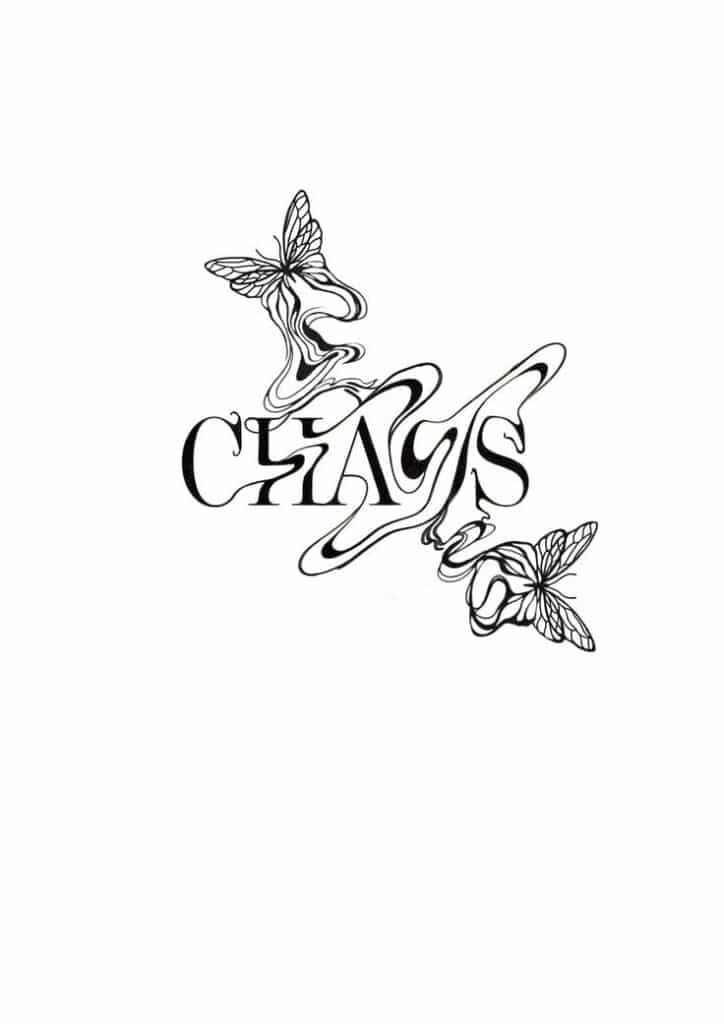
Popular and Unique Tattoo Drawing Ideas
When you’re searching for a standout tattoo, combining classic themes with personal meaning often leads to an eye-catching result. Whether you’re inspired by nature, legends, or symbolic motifs, there are design ideas to fit every personality and style.
Animal-Themed Tattoo Drawings
Animal tattoos are among the most popular choices for both new and seasoned tattoo enthusiasts. Lion, tiger, and butterfly tattoos remain classic, offering bold lines or delicate detail depending on your taste. For striking contrasts, a tribal wolf tattoo or a stylized octopus tattoo design can give your ink a sense of mystery and depth.
- Lions often symbolize courage and leadership.
- Tigers represent strength and determination.
- Butterflies symbolize transformation and freedom.
- Octopus tattoos highlight intelligence and adaptability.
- Tribal wolf tattoos appeal to those drawn to loyalty and instinct.
You can choose intricate portraits for realism or opt for minimalist and geometric animal outlines for a modern look. Combining animals with abstract shapes or nature elements like flowers or water adds a unique twist to classic motifs.
Fantasy and Mythological Designs
If you want a tattoo that stands out from the crowd, consider designs inspired by fantasy and mythology. Dragon tattoo designs are a favorite, symbolizing power, wisdom, and protection across many cultures. Mermaid tattoos capture enchantment and the allure of the sea, while Anubis tattoos offer a nod to ancient Egypt and the afterlife.
For a unique take, try blending these themes together. Imagine a dragon curling around a clock—signifying the power of time—or a mermaid intertwined with ocean waves and sea creatures. Amazing Anubis tattoo design ideas often feature detailed linework, hieroglyphs, or symbols of Egyptian mythology.
Mixing fantasy elements lets you show off your interests while creating a design that feels truly original.
Meaningful and Personalized Tattoos
Personalized tattoo designs let you express what matters most to you. Popular approaches include combining names, dates, or quotes with symbolic images. For example, meaningful lion or wolf tattoos can be accompanied by initials or important dates to mark significant events.
Lists of meaningful tattoos often feature imagery tied to family, milestones, or personal growth. Geometric shapes or minimalist symbols can add texture without overwhelming your core idea. Unique tattoo designs might weave together multiple themes—a butterfly with a tribal pattern, or a tiger and lion merged to symbolize balance and strength.
When you put your own story into the artwork, your tattoo becomes more than just decoration; it turns into a lasting keepsake.
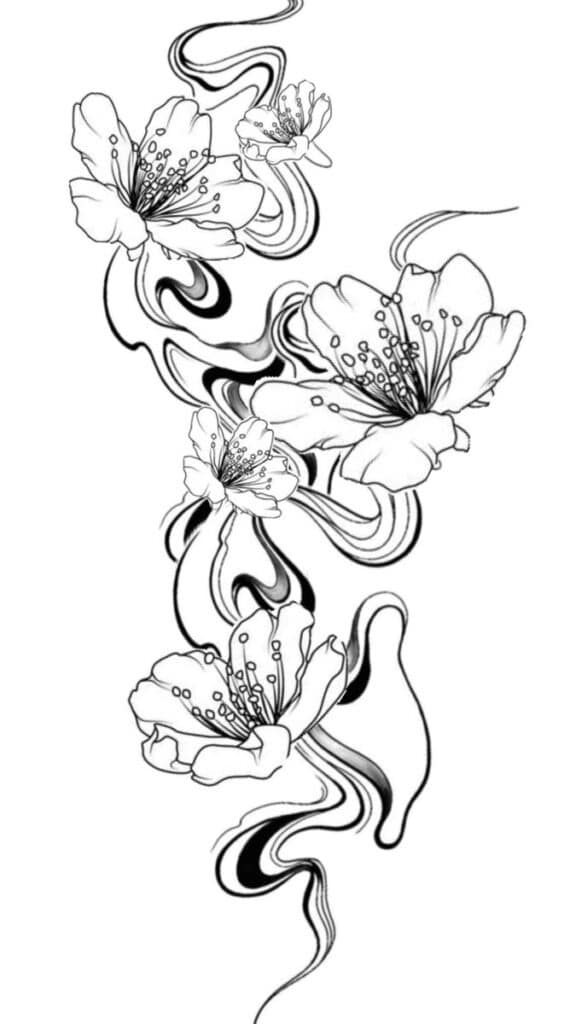
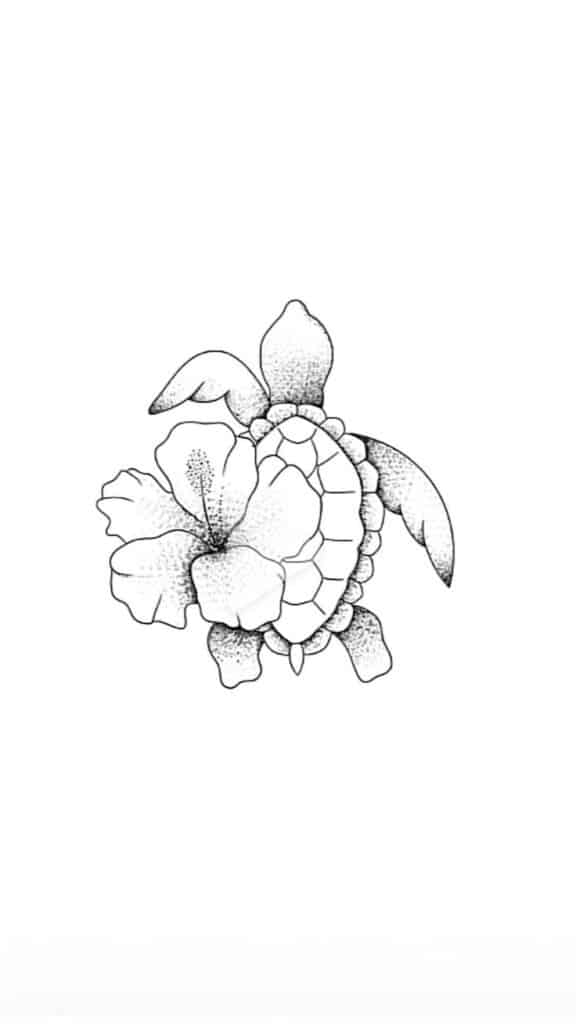
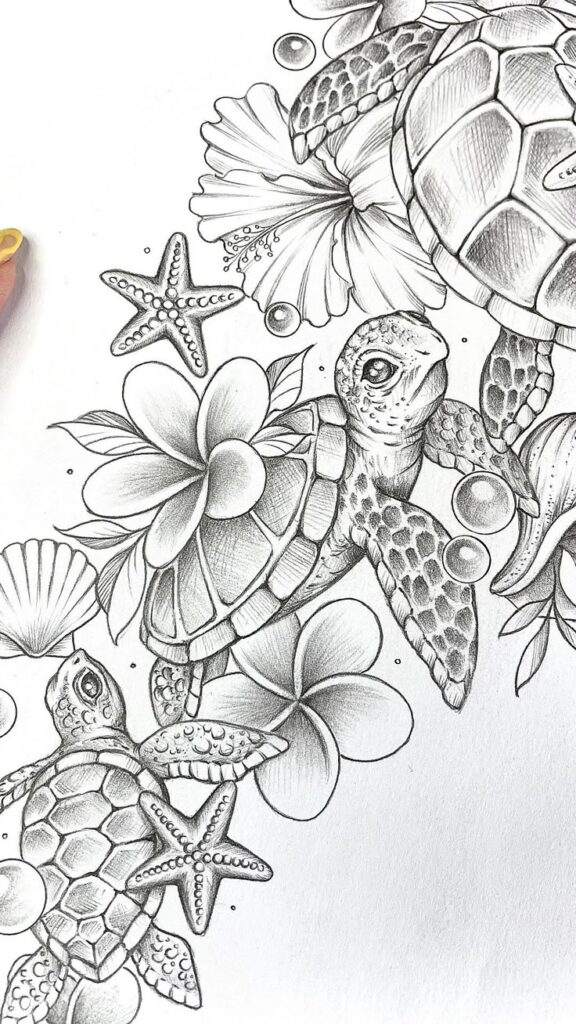
Detailed Tattoo Drawing Examples
Classic motifs like skulls, snakes, and roses allow you to work with bold lines, intricate shading, and symbolic meaning. Creating iconic tattoos with anchors, compasses, swords, and cultural references helps your designs stand out and connect to personal stories.
Skulls, Snakes, and Roses
Skull tattoos remain a go-to for their powerful look and versatility. You can sketch skulls with realistic shadows, stylized lines, or playful sugar skull patterns that reflect Mexican traditions and vibrant colors.
Adding snakes into your drawings brings movement and intensity. Try wrapping a snake around a skull or weaving it through a rose for a dramatic effect. A snake skull and rose tattoo drawing can highlight the contrast between danger and beauty, while cobra tattoo designs focus on striking poses and textured scales.
Roses provide strong visual impact, whether as single blooms or combined with daggers, skulls, or snakes. Rose and dagger tattoos merge themes of love and sacrifice and can be drawn with sharp petals and flowing leaves. Use lists like this to simplify ideas:
- Skull with a coiled snake
- Sugar skull adorned with roses
- Sword in horned skull tattoo design
Combining these elements gives you a chance to emphasize details in shading, texture, and symbolic meaning.
Symbolic and Iconic Tattoos
Symbolic tattoos use familiar images to communicate values, journeys, or experiences. Anchor tattoo drawings work well if you want to convey stability or a connection to the sea, while compass tattoos represent direction and adventure.
Sword in horned skull tattoos or samurai tattoo designs appeal to those who value strength, warrior spirit, or history. With a sword through a skull, you can experiment with dramatic angles, ornate hilts, and shadow play.
When combining icons, like an anchor crossing a compass or a samurai helmet adorned with flowers, keep proportions balanced. Add subtle shading or fine line work to show dimension and craft. Try a simple table to plan your ideas:
| Imagery | Common Symbolism | Detail Tips |
|---|---|---|
| Anchor | Stability | Rope textures, ropes |
| Compass | Guidance | Cardinal points |
| Samurai | Honor, warrior | Helmet details |
| Sword/Skull | Mortality, valor | Blades, horned skulls |
Focusing on clarity and detail in these designs gives you a strong foundation for impressive tattoo art.
Specialty Styles and Modern Tattoo Drawings
Modern tattoo design offers options ranging from detailed realism to striking minimalism. Each style brings distinct techniques and visual effects, giving you creative freedom for personal expression.
Realistic and Watercolor Tattoos
Realistic tattoos mimic photographs or lifelike images. Artists carefully shade and layer ink to replicate textures, shadows, and skin tones, making subjects like portraits, animals, and nature scenes highly believable. The realism relies on attention to detail and precise line work, with a focus on seamless blending.
Watercolor tattoos stand out for their soft, painterly look. Using diluted inks, artists recreate gradients and splashes of color typically seen in watercolor art. Outlines might be subtle or even absent, making the image feel more like a painting than a typical tattoo. These designs work well for abstract art tattoos, flowers, or dreamlike themes.
Techniques for both styles demand a steady hand and strong understanding of color layering. Consider placement: realistic pieces often use larger areas for intricate visuals, while watercolor tattoos can be adapted to fit small or large parts of the body.
| Style | Key Features | Typical Subjects |
|---|---|---|
| Realistic | Lifelike details, depth | Portraits, animals |
| Watercolor | Soft blends, vibrant splashes | Abstract, botanical |
Minimalist and Abstract Tattoo Ideas
Minimalist tattoos focus on clean lines, simple forms, and subtle shading. These tattoos often use black or very muted color palettes to keep the look understated. They’re ideal if you want small, discreet designs, like delicate geometric shapes, single-word scripts, or subtle nature motifs.
Abstract tattoos play with shapes, negative space, and experimental linework. These pieces often break away from representing any specific object and instead use patterns or freeform lines to evoke feelings or ideas. This approach works well if you enjoy art tattoos with unique or personal meaning, allowing for more creative interpretation.
Both minimalist and abstract styles are popular for first-time tattoos. They also heal quickly due to less skin trauma from minimal shading and fewer packed details. These designs make a statement without overwhelming your skin, fitting easily on wrists, ankles, or behind the ear.
Creative Tattoo Drawing for Every Artist
Exploring tattoo drawing ideas is both exciting and personal. Whether you’re just starting or collaborating with an experienced tattoo artist, a thoughtful approach makes all the difference when turning inspiration into permanent art.
Tattoo Drawing Ideas for Beginners
If you’re new to drawing tattoos, start with simple sketches. Common starting points include butterfly tattoo drawings, small angel drawings, or basic outlines of owl tattoo designs. These motifs let you practice common lines and shading while building your confidence. Beginners also gravitate toward classic imagery like melting clock tattoo designs, koi fish, or Aries symbols.
Break down your ideas into basic shapes before adding detail. For example, you can sketch a gypsy girl tattoo by first outlining the face and hair, then adding trademark features like scarves or jewelry. Using pencils or digital tools helps make quick changes.
Here’s a short list of beginner-friendly tattoo ideas:
- Simple koi fish tattoo drawing
- Minimalist eagle tattoo drawings
- Small butterfly or angel tattoo outlines
- Aries tattoos with just the ram’s horns
- Abstract melting clock designs
Build your collection of tattoo sketches in a dedicated notebook or digital folder. This allows you to track your progress and gather ideas for your next session.
Tips for Working With a Tattoo Artist
Before your appointment, organize your favorite tattoo drawing designs and reference images. Bring both simple sketches and more detailed illustrations, such as Japanese koi fish drawings or intricate angel tattoo designs, to show your preferences clearly.
Share your ideas honestly with your tattoo artist. If you like owl or gypsy girl tattoos, mention colors, sizes, and placement. Open conversation helps your artist blend your vision with their expertise.
Ask for feedback about which designs will translate best to skin. The tattoo artist can advise on line thickness, shading, and how details like melting clock or eagle motifs will age over time. A good artist will offer honest input to ensure your chosen design remains sharp and meaningful for years.
Be open to small adjustments. Sometimes your artist will suggest simplifying complex sketches or making angel drawing elements bolder for clarity. Collaborative work creates the best results, ensuring you end up with a tattoo you’ll appreciate every day.
- 1.5Kshares
- Facebook0
- Pinterest1.5K
- Twitter0
- Reddit0
